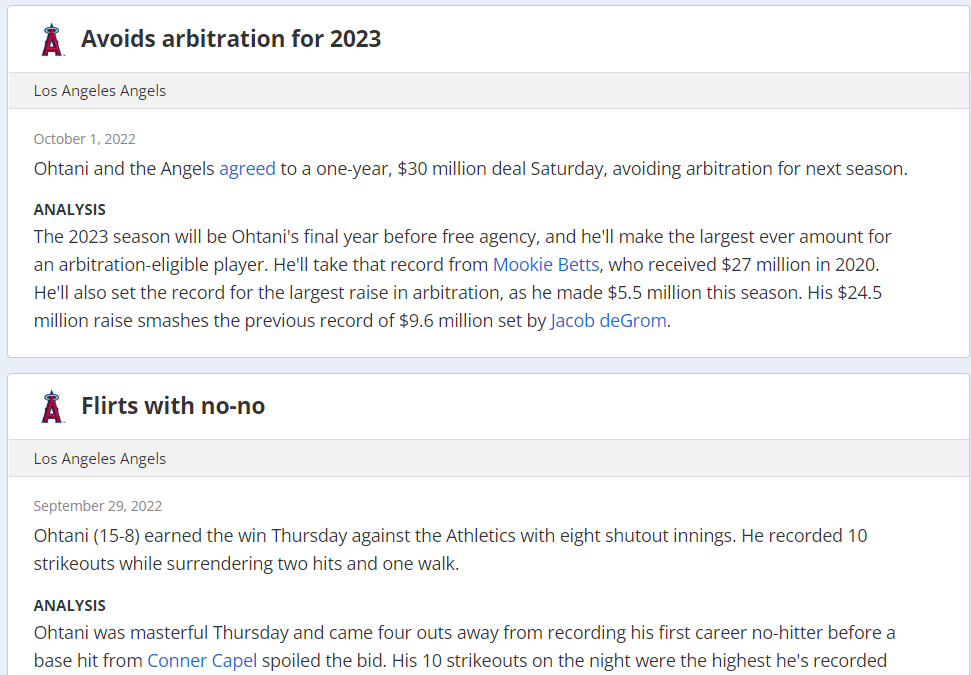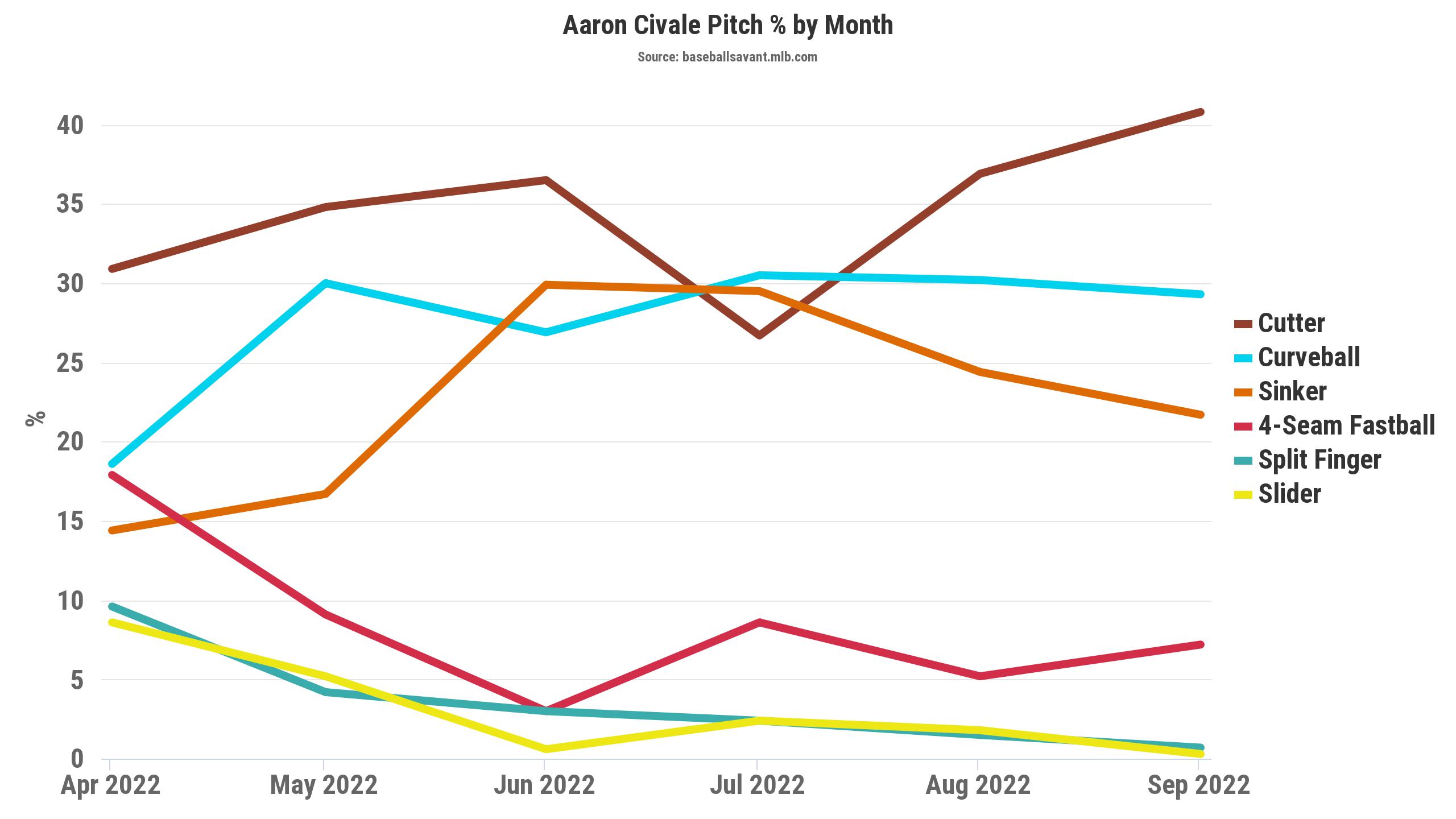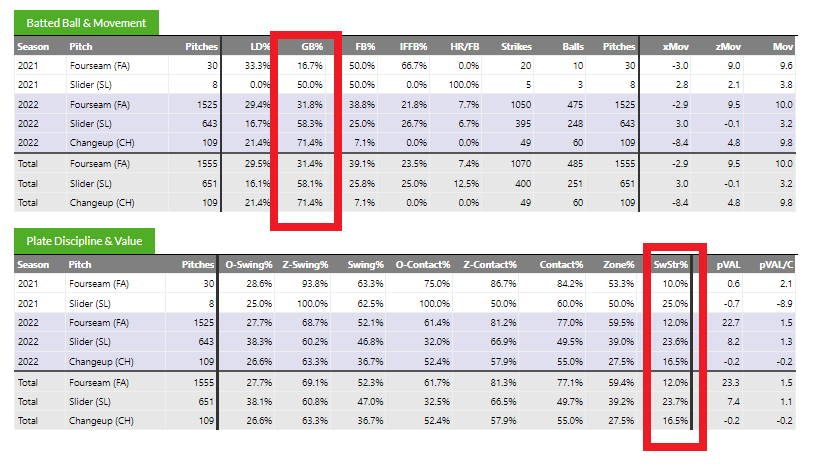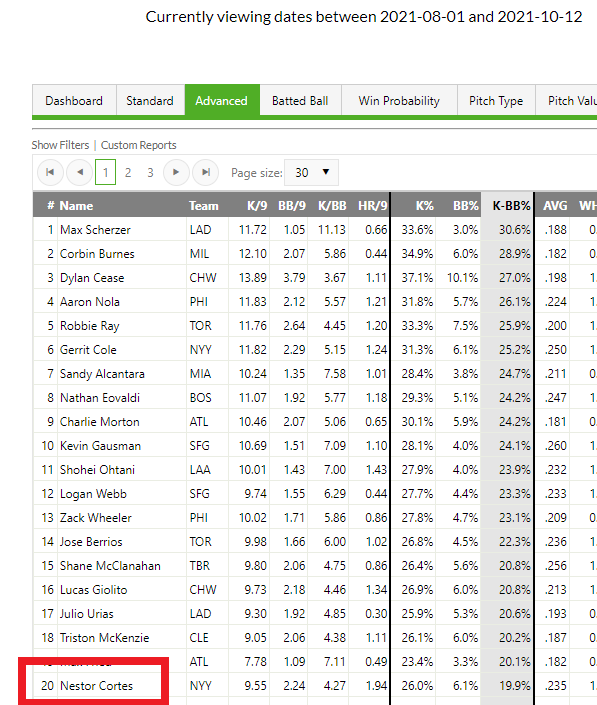Web Sources I’m Thankful For
I was going to write up another four deep league starters before taking a couple of weeks off, but I saw this tweet from Shelly Verougstraete come through my feed.
A recent-ish site I have found that is SO helpful in off-season prep…
Pro Sports Transactions
I don't know who runs the site but pic.twitter.com/OxcIhcxG1T
— Shelly 'First Rate' Verougstraete (@ShellyV_643) November 23, 2022
I was a little surprised to see others didn’t know about Pro Sports Transactions since I use it several times a day. With it as inspiration, the following is a list of websites and sources I use the most. The ones used the most depend on the time of year (in- season or off-season. I know there is tons of other content being created but these are the ones I can’t live without. In the comments, feel free to add other sources people can’t live without.
1. Pro Sports Transactions (link)
The website is just what it says it is, all the transactions across several sports. Just head over to the baseball section and start searching. While the “Player/Coach/Exec Name” is usually used for a player’s name, it’s just a normal search function and can be used to search for anything, especially unique injuries.

Another useful feature is the days lost on top of the IL stints.

It is hands down the best source for basic transactions.
2. RotoWire (link)
RotoWire provides a ton of services but the following three I find the most helpful are:
Starting Pitcher Grid: The gold standard of who is starting and when. I can’t find an image of it (empty of players right now), but try to find anyone who has a bad word to say about its usefulness. The custom date range helps a person look ahead for two-start matchups a week early. Also, it doubles as my schedule for the next two weeks to plan matchups.
Player News: The most recent player news blurbs that are available on the FanGraphs player pages. Rotowire keeps all the news items for future reference. It’s useful to look up why a player went on the IL and if there was a reason their IL stint lasted longer than expected.

Closer Grid: The closer grid is similar to the one available in our Bullpen Report. The report is a second source to help verify bullpen information since it’s tough to keep up with every piece of news. Even if a person doesn’t use RotoWire, they should have a couple of sources like Reliever Recon or Pitcher List to help with closer information.

3. Baseball Savant Pitch Info Graphs (link)
There is a ton of information on Savant including the useless Patriotic Lollipops, but I love to use the pitching information graph found about a quarter of the way down each player’s page.

The graphics stand out because it is helpful to find unique trends on the month or game level.
4. First Pitch Podcast (link)
It’s the first, and sometimes only, podcast I listen to during the season. It’s a simple 10 to 20-minute recap of the previous day’s results and that day’s slate. A great way to catch up on any news a person has missed.
5. MLB Trade Rumors (link)
I scan through each MLBTR article (via an RSS feed) to make sure I don’t miss any news, especially during the off-season. MLBTR sticks out because they just don’t miss anything (deeper coverage than most other sources) and it is a one-stop shop for baseball news.
6. Razzball Weekly Projections (link)
The one indispensable tool is Razzball’s weekly projections. It costs about $1 per week and is well worth the time saved sizing up upcoming player matchups. Pitcher and hitter handedness, player talent, and the number of games played are all taken into account.
7. Google Sheets (link)
Everyone should have an online option (Mircosoft’s work fine) where two or more people can see changes and make real-time changes to a spreadsheet. One advantage I found this year is to use the row number for players while drafting with a partner. The two managers can talk out loud without others knowing the exact player.
8. CBS and Yahoo Roster Changes (link and link)
Each source provides its own unique value when looking for players. The CBS list (a combination of weekly and daily adds) contains adds and drops from the past week and helps to point out players who might have been added earlier in the week. The Yahoo list is only from the last 24 hours and helps to point out players with new roles. With the Yahoo one, be careful that many starters are added and dropped to stream that day.
9. BHQ Forecaster (link)
While not an official website, the pdf version of the Forecaster is available today for download to help with 2023 prep. It’s the first source available and filled with player capsules, research, and helpful advice. The book’s release starts my fantasy draft prep.
10. FanGraphs
I feel that I live on FanGraphs but wanted to point out a couple of hidden nuggets.
Pitch Results (found under Splits -> Pitch Type Splits): This page as the pitch’s groundball and swinging-strike rates.

The nature of each pitch can be known, especially if it misses bats and generates ground balls. Here are the average swinging-strike rates for various pitches.
League average swinging strike rate by pitch has changed some over the years, due to pitch design, usage, & location changes.
Pitch, 2008 => now
Fourseam 7.3% => 10.4%
Sinker 5.4% => 7.2%
Cutter 9.6% => 12.3%
Slider 14.6% => 16.4%
Curveball 10.8% => 12.2% Change 14.6% => 15.9%— Eno Sarris (@enosarris) May 26, 2022
Date Ranges: One of my favorite filters is to input a unique time frame that isn’t common (e.g. last three days, three weeks, 45 days). The goal here is to find breakout players who others aren’t targeting. For example, here are the K%-BB% leaders from the last 45 days of 2021 which put Nestor Cortes first got on my radar.

Those are my top 10, what are some of your own recommendations?
Jeff, one of the authors of the fantasy baseball guide,The Process, writes for RotoGraphs, The Hardball Times, Rotowire, Baseball America, and BaseballHQ. He has been nominated for two SABR Analytics Research Award for Contemporary Analysis and won it in 2013 in tandem with Bill Petti. He has won four FSWA Awards including on for his Mining the News series. He's won Tout Wars three times, LABR twice, and got his first NFBC Main Event win in 2021. Follow him on Twitter @jeffwzimmerman.
CloserMonkey
Closer Monkey is horrible. There are many good resources for closers but that is not one of them.